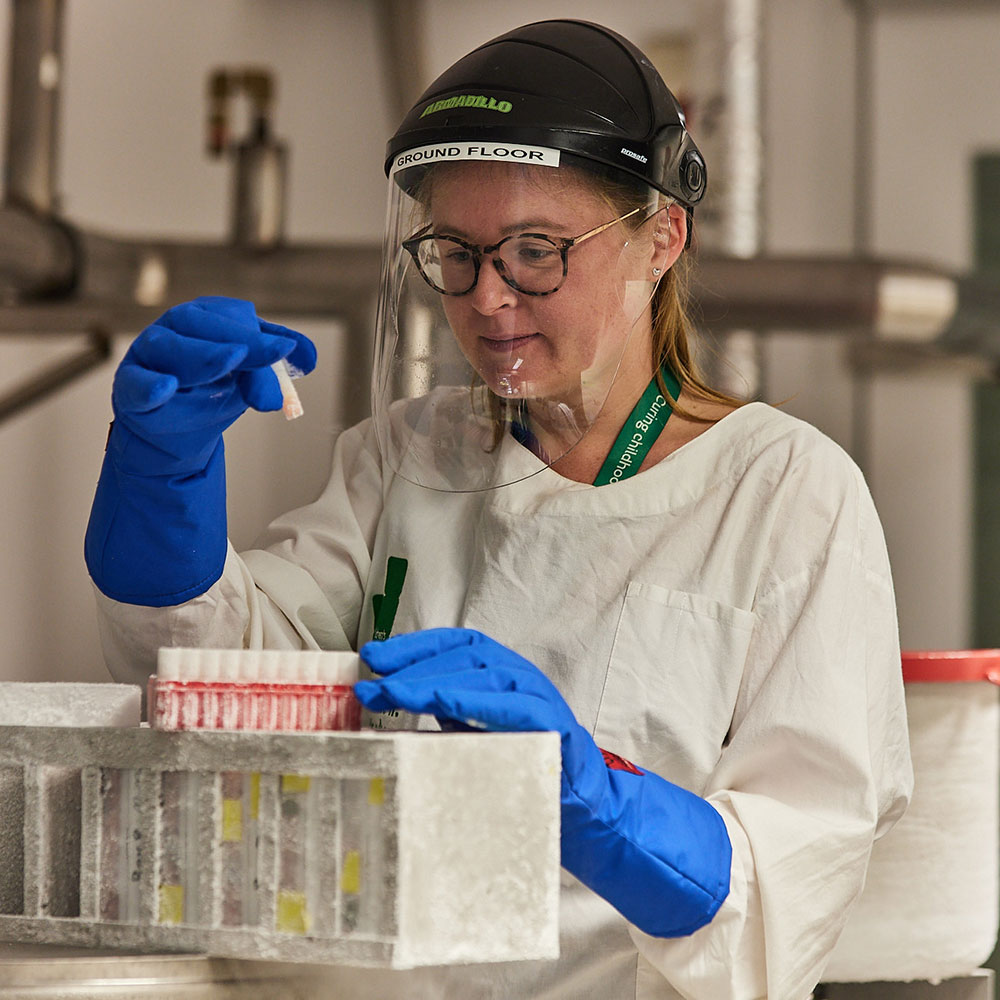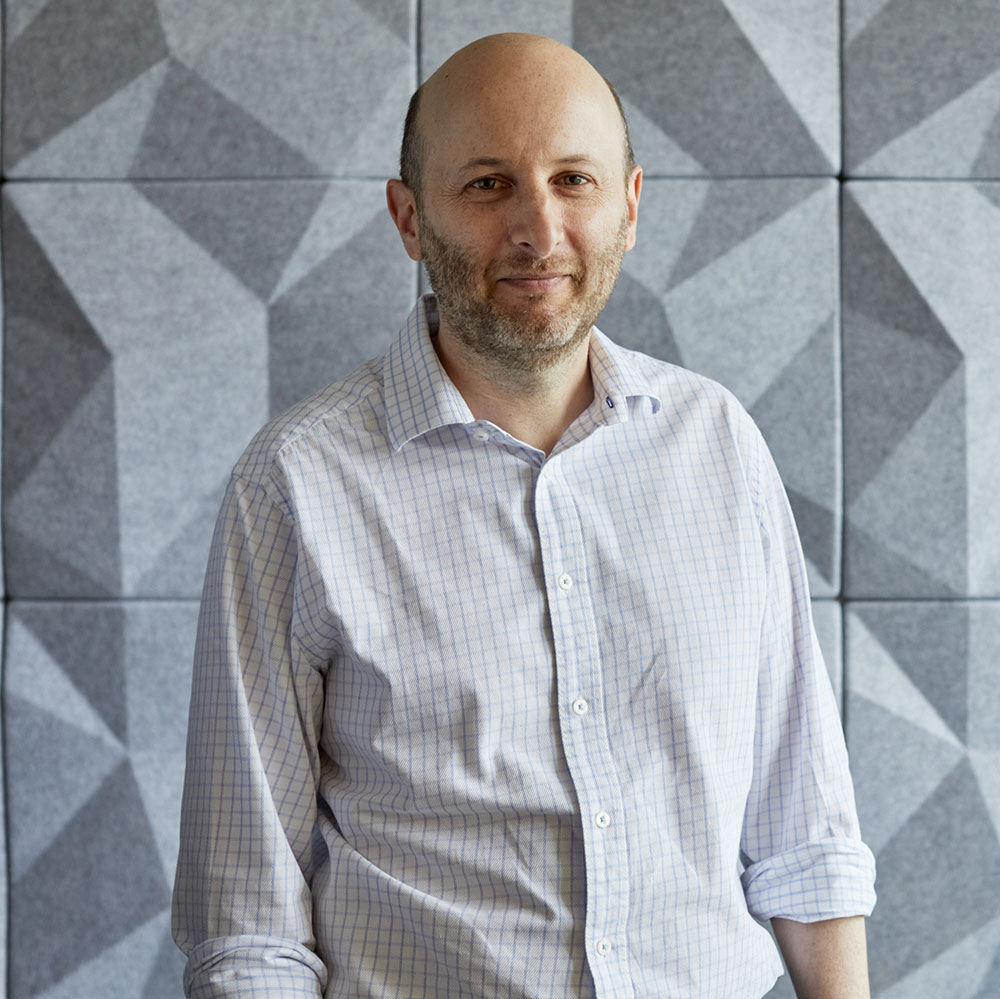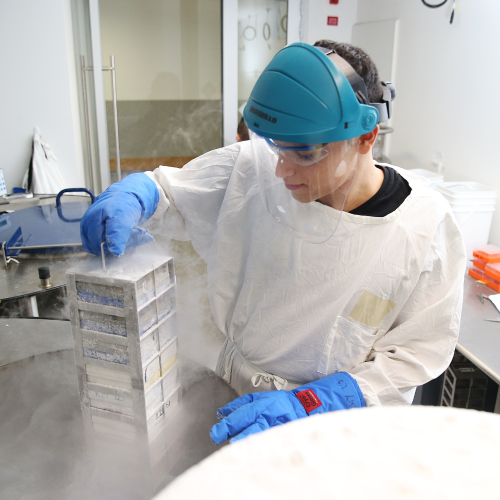In personalised medicine, the idea is to match each patient with the right treatment … but how do we know whether that treatment will work? In this third blog in our ‘rapidly-evolving areas of research’ series, we look at the area of preclinical testing and how it is being used to help predict treatment response in children with cancer.
Personalised medicine
When it comes to treating kids with cancer, many see personalised medicine (or ‘precision medicine’, as it is more often called by doctors and scientists) as the key to improving survival, as well as improving quality of life for survivors. The basic premise that this approach is based on is that every child’s cancer is unique. For each child to get the best possible outcome, they need the ‘right’ therapy – the one that is best matched to their cancer.
Finding out what’s driving the cancer
To match treatments to individual patients, we need to analyse each child’s cancer at a molecular level – often referred to as ‘genetic testing’ or ‘genomic profiling’. The object here is to try to find any specific genetic changes or alterations that may be driving the cancer’s growth, so we know how best to target it. The results of this analysis can then be used to provide treatment recommendations to the child’s oncologist.
A great example of this approach is the Zero Childhood Cancer Program (ZERO) – Australia’s first precision medicine program for kids with cancer, jointly led by Children’s Cancer Institute and Kids Cancer Centre at Sydney Children’s Hospital, Randwick.
Identifying potential therapies
If a child’s cancer has been analysed and genetic alterations likely to be driving its growth have been identified, an additional step that can be taken in many cases is to test the cancer against different drugs to see how it responds. This involves developing laboratory models using the patient’s own cancer cells, then using these models to test potential therapies against.
There are two main types of preclinical testing: in vitro and in vivo.
In vitro drug testing
For in vitro drug testing, the patient’s cancer cells are grown (cultured) in the lab on plastic dishes. The cells are then tested against a large number of different anticancer drugs – a process known as high-throughput drug screening, or HTS.
In the case of ZERO, this screening is done in our Drug Discovery Centre, using cutting-edge automation equipment and technology and an advanced data management system. As well as testing individual drugs (single agents) against a child’s cancer, HTS can also be used to test different combinations of drugs (combination therapy) to see which are most effective.
In vivo drug testing
For in vivo testing, the patient’s cancer cells are grown in specially bred mice to generate living models known as patient-derived xenografts (PDXs) or avatars. Closely mimicking cancer in children, these living models of disease allow us to carry out clinically relevant experimental work without directly involving children.
Research shows true value
In December 2021, the ZERO team published a study showing how valuable preclinical testing can be when implemented in a precision medicine platform, such as in the case of ZERO.
The results showed, firstly, that preclinical testing can provide a good indication of whether a child is likely to respond to a particular treatment or not – in some cases reinforcing the results of genetic testing, and in other cases showing that the treatment suggested by genetic testing is likely to be ineffective. Secondly, they showed that preclinical testing can reveal additional drug sensitivities, leading to more treatment options being identified for a child.
“We were surprised to find that preclinical testing, in many instances, proved even more accurate than molecular analysis in predicting patient response to the recommended therapy,” said Professor Glenn Marshall AM, Clinical Lead of ZERO and co-senior author on the paper. “Adding preclinical testing can therefore not only provide independent proof of drug efficacy suggested by molecular analyses, but also help avoid the use of ineffective treatments.”
While we have more work to do, what we have seen so far shows that preclinical modelling can be a very useful tool to help match treatments to patients. Short of actually testing potential therapies in a child, this type of modelling provides the best chance of accurately predicting treatment response. And ultimately, that will translate into better outcomes for kids with cancer.














